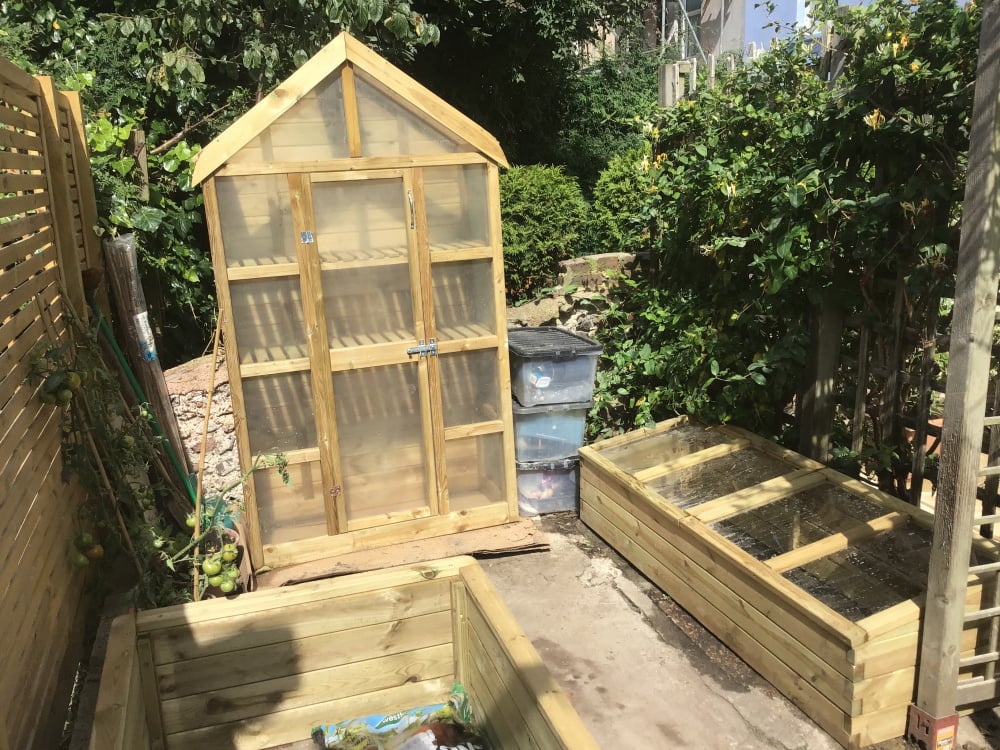This Forum will close on Wednesday 27 March, 2024. Please refer to the announcement on the Discussions page for further detail.
PH soil
 I’ve recently layered a new planter with Buddleia branches; assorted other branches, twigs, leaves; top soil; compost; and finally manure - in that order. I’m keen to test the PH in the soil but have been told not to do it too early for an accurate reading. I appreciate the complete breaking down of the contents may take several months but when should I dust off my meter reading prong machine? All advice most welcome
I’ve recently layered a new planter with Buddleia branches; assorted other branches, twigs, leaves; top soil; compost; and finally manure - in that order. I’m keen to test the PH in the soil but have been told not to do it too early for an accurate reading. I appreciate the complete breaking down of the contents may take several months but when should I dust off my meter reading prong machine? All advice most welcome 0
Posts
You need a starting point otherwise you won't know when you've finished. eg if you turn up and the 'result' of an experiment is that everything is dead you still won't have a valid result as they may have been dead to start with.
Something like your experiment is about change and gradual improvement, or deterioration, therefore you need a progress report. 🤓
Welcome to the forum. I do like the look of all your new stuff. 😍
The prong type of pH testers are not very accurate in my experience. Better to use the liquid type.
The big question is why do you need to know the pH?
Are you planning on growing something specific that will only grow in a narrow pH range? Most plants are happy in a wide range of soil pH values.
I would have blended the manure into the topsoil.
I agree - it all looks very smart
Billericay - Essex
Knowledge is knowing that a tomato is a fruit.
Wisdom is not putting it in a fruit salad.
But now with the internet new gardeners can benefit from the experience of others thus helping to prevent mistakes and offering our advice.
I think all you should do is just mix the 3 layers of compost, manure and topsoil together and you're ready to go.
Otherwise plant roots will get acclimatized to the manure (I hope it's well-rotted and not fresh), then hit the topsoil which has different characteristics, later they'll get to the compost which is different again.
Mix it all up and it'll be fine.
Billericay - Essex
Knowledge is knowing that a tomato is a fruit.
Wisdom is not putting it in a fruit salad.
It’s less useful for permanent planting like shrubs, fruit bushes and perennials because until it’s all fully rotted down, the levels will sink significantly and your plants with it. You can’t top up the levels without taking everything out and replanting. They’ll rot at the crown otherwise.
Absolutely. It can be much more fun and carefree. Enjoy!
Good luck and don’t worry about the pH, the weather is the biggest challenge, but that’s veg-growing roulette for you 😃